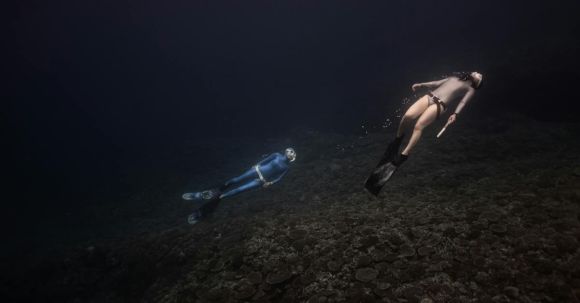Exploring the underwater world can be an exhilarating experience, but it also comes with its fair share of risks. As a responsible diver, it is crucial to understand the relationship between depth and pressure to ensure a safe and enjoyable dive. In this article, we will delve into the science behind depth and pressure and offer some essential tips for diving safely.
The Basics of Depth and Pressure
When we descend into the depths of the ocean, the pressure around us increases. This increase in pressure is due to the weight of the water above us. For every 33 feet (10 meters) of depth, the pressure increases by about 14.7 pounds per square inch (psi). To put it into perspective, at a depth of 66 feet (20 meters), the pressure is twice as high as at the surface.
The Effects of Pressure on the Body
The human body is not designed to withstand the immense pressure found at great depths. As we descend, the pressure compresses the air spaces in our body, mainly in the ears, sinuses, and lungs. This compression can lead to discomfort or even injuries if not managed properly.
Equalizing the pressure in our ears and sinuses is crucial to avoid pain and potential damage. To equalize, gently pinch your nose and blow gently as if you are blowing your nose. This action helps to open the Eustachian tubes and equalize the pressure on both sides of the eardrum.
Managing the pressure in our lungs is equally important. Holding your breath while ascending can cause the air in your lungs to expand rapidly, leading to a condition known as lung overexpansion injury. To prevent this, always remember to breathe continuously and never hold your breath during a dive.
Nitrogen Narcosis and Decompression Sickness
Another important factor to consider when diving at significant depths is nitrogen narcosis and decompression sickness, also known as the bends. Nitrogen narcosis occurs when the increased pressure causes nitrogen to dissolve into the bloodstream, affecting the central nervous system. This can result in impaired judgment, loss of coordination, and even hallucinations.
Decompression sickness, on the other hand, occurs when nitrogen bubbles form in the body tissues during a rapid ascent. These bubbles can cause joint and muscle pain, dizziness, and in severe cases, paralysis or even death. To prevent these conditions, divers must adhere to proper dive tables or use dive computers to monitor their ascent and ensure a gradual return to the surface.
Tips for Safe Diving
To ensure a safe and enjoyable dive, here are some essential tips to keep in mind:
1. Never exceed your training and experience level. Always dive within the limits of your certification.
2. Plan your dives carefully, including depth, time, and ascent rates. Use dive tables or dive computers to assist you.
3. Always dive with a buddy. Having a dive buddy increases safety and provides assistance in case of an emergency.
4. Monitor your air supply regularly and never dive with less than one-third of your air remaining.
5. Ascend slowly and perform safety stops when necessary. This allows excess nitrogen to be safely eliminated from your body.
In conclusion, understanding the relationship between depth and pressure is vital for every diver. By following proper procedures and using good judgment, you can enjoy the wonders of the underwater world while minimizing the risks associated with diving. So dive safely, explore responsibly, and remember to always prioritize your safety and well-being.





